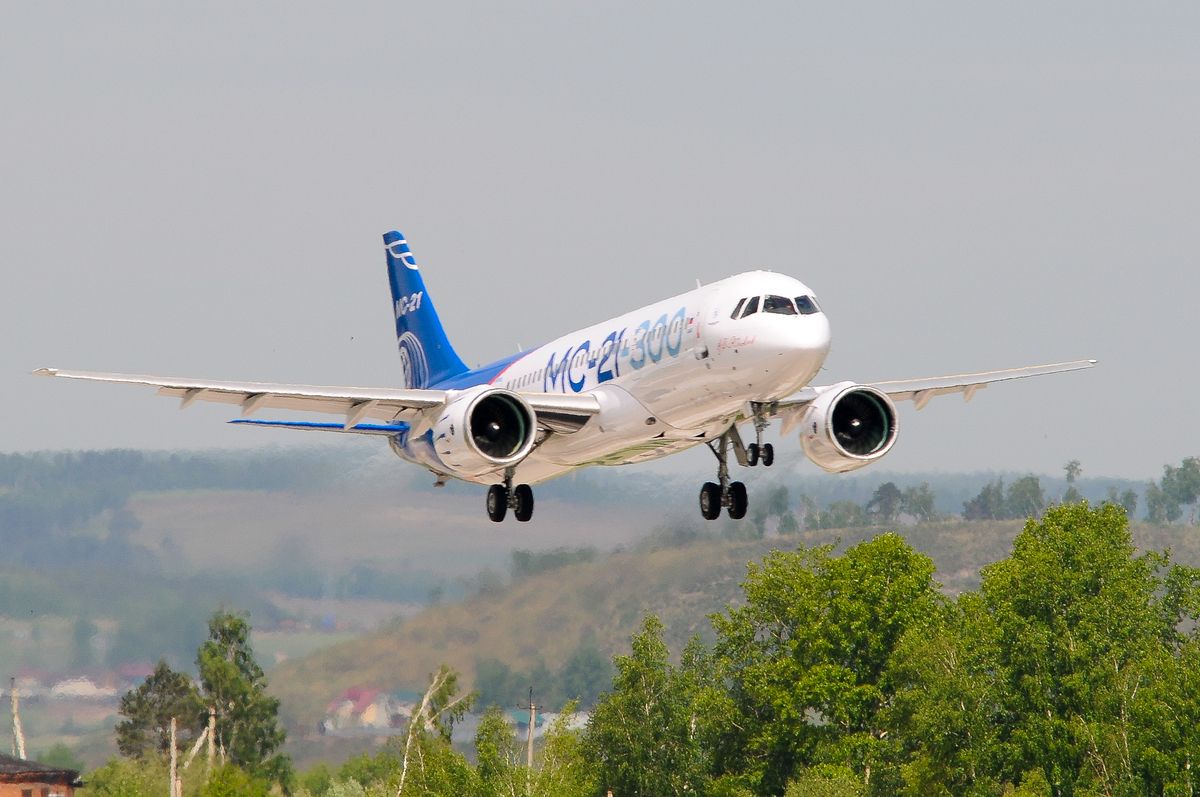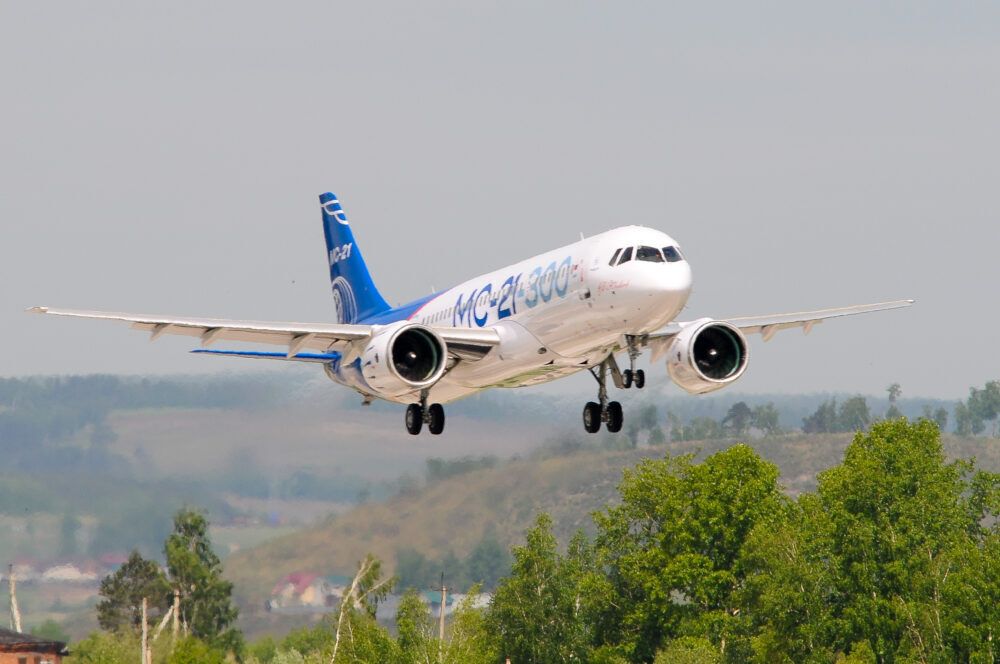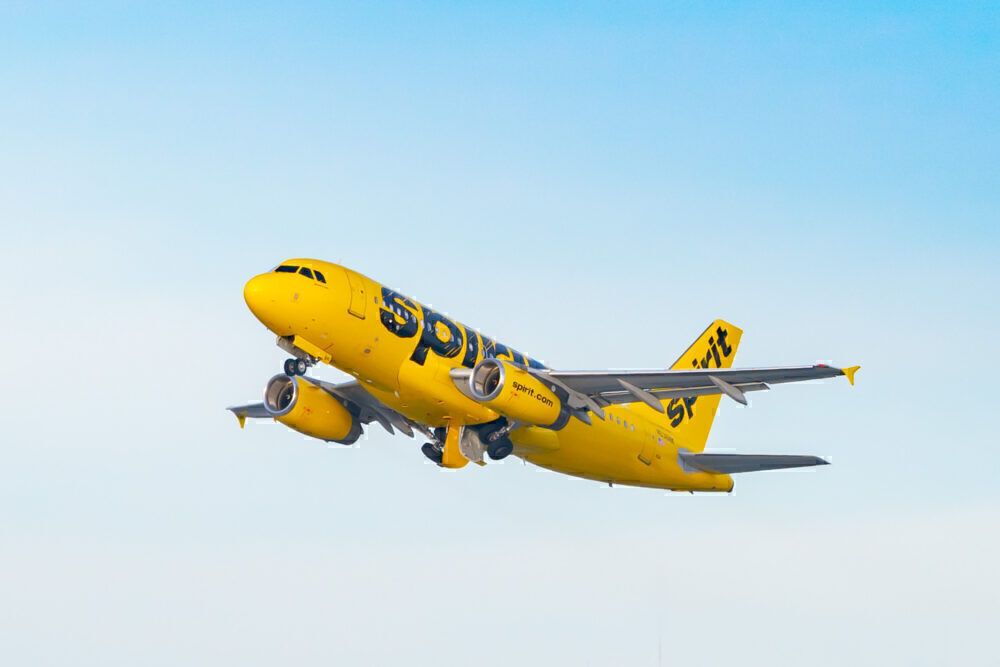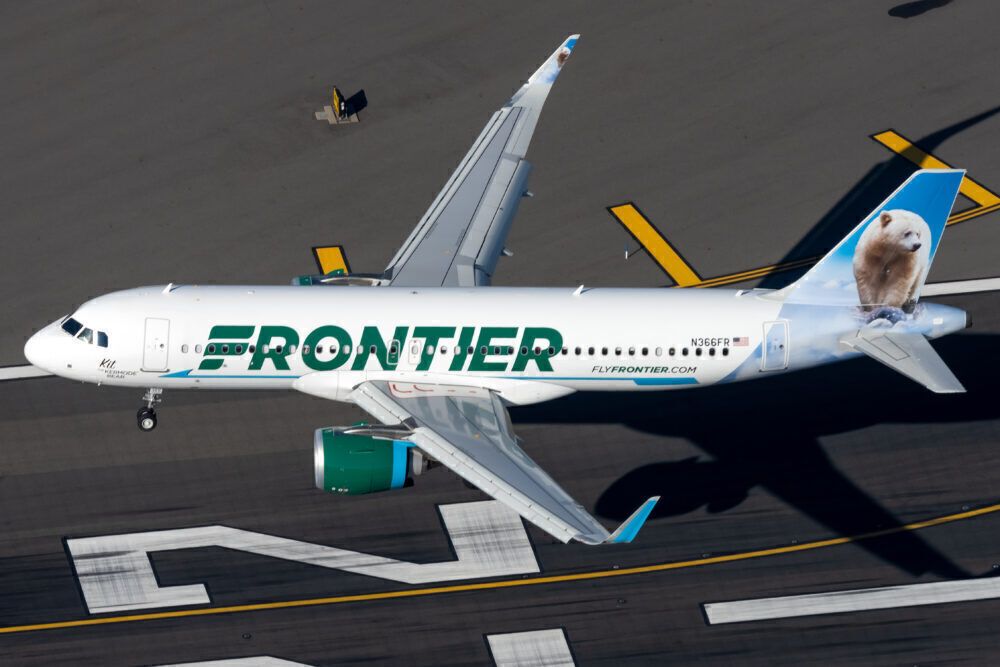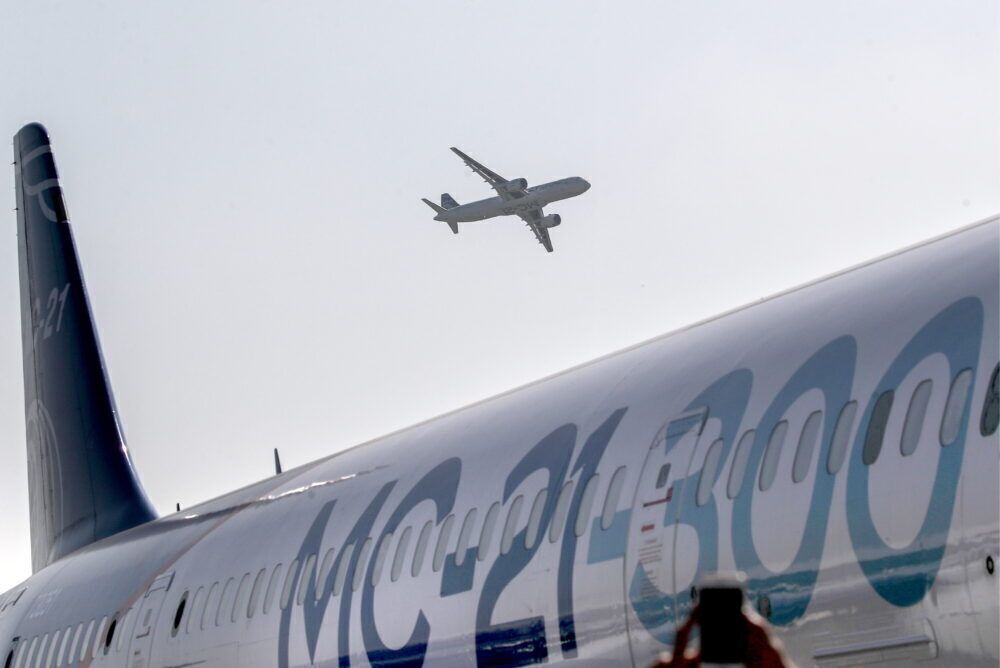Irkut's upcoming MC-21 jetliner has been tipped as a potential competitor for existing next-generation narrowbodies like the Airbus A320neo family. The project has been in the works since 2006, and the aircraft is finally set to enter commercial service next year. With this in mind, let's take a look at how exactly it compares to the A320neo series.
The MC-21-200 vs the A319neo
Let's start by taking a look at the MC-21's smallest variant, the MC-21-200, which we shall compare with the Airbus A319neo. This is also the A320neo family's smallest variant as the European manufacturer has not produced a next-generation A318neo.
Despite both being the smallest variant of their respective families, there is a slight difference in size between these aircraft. The MC-21-200 comes out around three meters longer than its Airbus counterpart, measuring 36.8 meters vs the A319neo's 33.84 meters.
However, in a two-class setup, it has fewer seats than the A319neo (132 vs 140). That being said, its 165-seat one-class maximum capacity is slightly higher than the 160 that the A319neo can hold in this configuration. But how do they compare in terms of range?
The A319neo has the edge in terms of the distance it can fly non-stop. Indeed, it has a range of 6,950 km / 3,753 NM (140-passenger configuration), compared to 6,400 km (3,456 NM) for the MC-21. Could this prove the difference for prospective customers?
Stay informed: Sign up for our daily and weekly aviation news digests.
The MC-21-300 vs the A320neo
The larger MC-21-300 is the standard version of the Russian narrowbody. As we have established, there is little to separate the smaller variants, but how does it compare to the larger A320neo? Once again, it is a case of its two-class capacity being lower (163 seats vs 165 seats) than its Airbus equivalent despite being a longer aircraft (42.2 vs 37.57 meters).
However, it is also the case that its one-class maximum capacity is higher than its Airbus counterpart, peaking at 211 passengers compared to 195. The MC-21-300 is actually closer in length to the A321neo (44.51 meters), although this variant comfortably outperforms the Russian design in terms of capacity (206 two-class, 244 one-class).
Continuing the trend from the smaller aircraft, the Airbus design once again has a slight edge in terms of range. The A320neo can fly for up to 6,500 km (3,510 NM) non-stop in its two-class setup. Meanwhile, the MC-21-300 has a range of 6,000 km (3,240 NM).
Conclusion
On paper, we can see that the MC-21's two variants hold up fairly well against comparable designs from the A320neo family. On paper, its higher one-class capacity could make it a solid choice for low-cost airlines operating high-density configurations.
However, looking at the two aircraft's respective order books, the MC-21 lags conspicuously behind the A320neo family. Of course, the Airbus design has already been in service for over five years. Nonetheless, the difference in popularity levels is striking.
Overall, the A320neo family has received 7,400 orders. Of these, Airbus has delivered 1,782 to date, meaning it will only become a more common sight going forward. On the other hand, the MC-21 series has received just 175 orders, with all customers but one (Azerbaijan Airlines) being Russian. As such, while it looks set to do well in its home market, the aircraft seems unlikely to match the A320neo's single-aisle success levels on the world stage.
Are you looking forward to seeing the MC-21 enter service next year? How much of a challenge do you think it will pose to the A320neo? Let us know your thoughts in the comments.

